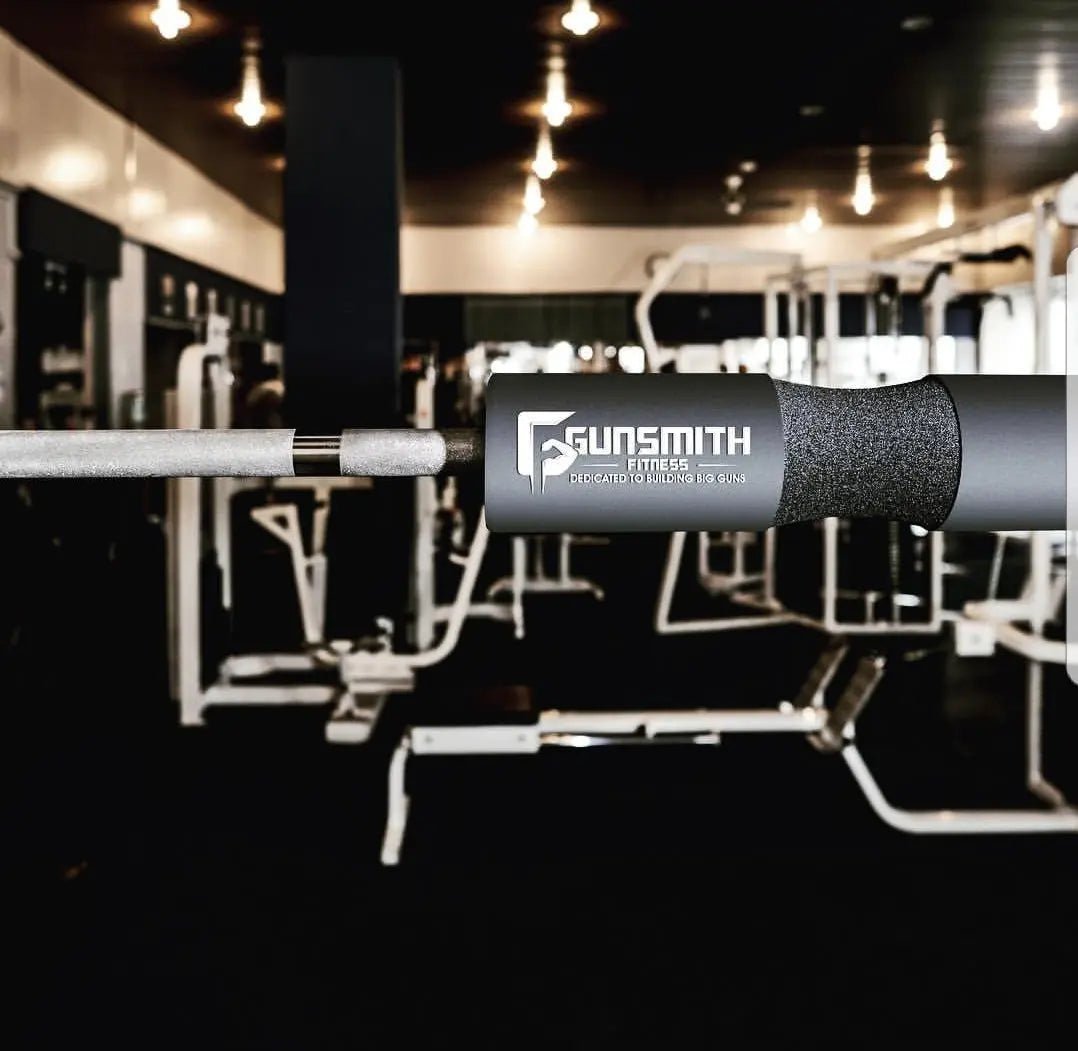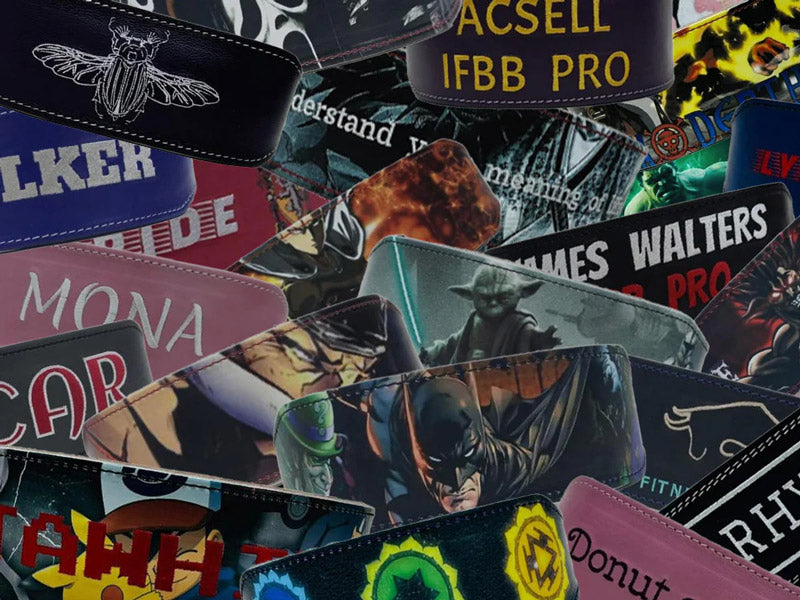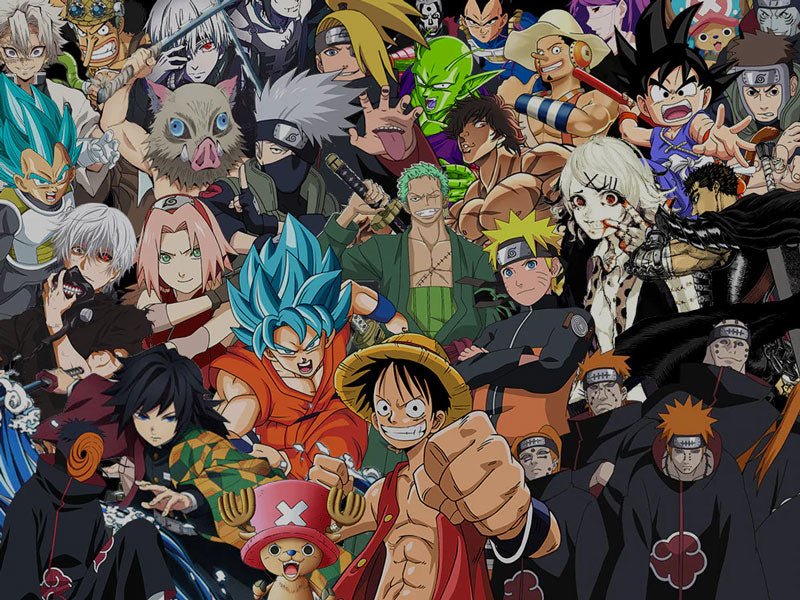
Why Using a Squat Pad Isn’t Just for Wimps & Weirdos
We’ve all done it. You see the type putting a weight pad on the bar to squat 40kg and a smirk slides across your face. You think why on earth is that needed on such a low weight!?
Now, I’m not trying to pick on anyone at the gym. We were all beginners at one time but at least get a 20kg plate on each side before you throw a pad on it.
Why I Started Using a Squat Pad
You might not be the kind of guy or gal that chooses to strap up a squat pad on the bar. Maybe you think only wimps and true weirdos would use a pad on the squat rack.
I’ve since changed my ways. Why? Well, a few reasons. First, my weight shot through the roof. Once my squat was over 160 kg, I found the cushioning from the squat pad added a little comfort while moving big weights. I was able to focus more on my form and less on the finding a comfortable neck position.
Second, I also began incorporating the squat pad into different lifts. Using a pad on hip thrusters is a huge comfort benefit. In fact, I’d never be able to add as much weight without my pad.
Plus, once my hip thrust weight increased, so did my squat and deadlift. It just goes to show how important you important your glutes are in generating power...
Why the Bar Hurts Your During Squats
If you’re having pain during squats and considering purchasing a squat pad, it’s probably a good idea. However, there’s a few other things to consider. Often, pain from the squat bar equates to an issue with form or muscular imbalances.
Here’s a few reasons the bar hurts your neck:
- Muscular Imbalances: If you’re really struggling with the bar digging into your back and vertebrae, there’s probably a reason. You may not have enough muscle stacked on your back to properly cover the vertebrae. This will lead to pain when squatting. The best thing to do? Add pull-ups to your workouts and start hitting deadlifts with intensity. Shoulder press can help, too. By building up your upper back and shoulders, you’ll cover your vertebrae and make squatting significantly more comfortable.
- Proper Placement: If the bar is placed too high on your back, it’ll never be comfortable - even with the world’s greatest squat pad between you and the steel. If you have significant pain, try sliding the bar down a little bit. Your upper traps and deltoids should create the ideal shelf for the barbell to sit on while you squat.
- Too Heavy Weight: If you’ve recently increased your squat weight significantly, then adding a squat pad while you adjust to the big weight is fine. In fact, it’s recommended. The pad allows your body to get used to the weight for a little bit, which allows your legs to acclimate to heavy weight quicker.
Now, we make top quality squat pads here at Gunsmith Fitness, and we’re intent on removing the stigma associated with using one, but we also need to be honest.
The brutal truth is that the bar hurts because you aren’t using it enough. Or you're not accustomed to the amount of weight.
When I first started squatting the bar did hurt my back. After a while, that went away...but once I get into some heavier weights and suffered a few injuries that pain came back.
Thus, I went back to using a squat pad and things calmed back down.
So I repeat, there’s no shame in using a squat pad but at the same time be honest with yourself.
5 Reasons to Use a Bar Cover for gym workouts
Still not convinced? No worries. Here are the four best reasons to strap up a squat pad and get under the bar:
- Heavy Weight
When using heavier weight, it’s natural to use a squat pad while getting acclimated. This is especially true when your newbie gains take off or you're coming off a cycle. Don’t think the squat pad is for weaklings. That’s just not true. If you need to use the squat pad for whatever reasons, do it. No one's judging you - unless you’re hitting 40 kg squats as a full-grown adult male using a pad.
- New Lifts
Many use a squat pad for squatting, but there are a number of lifts that you can use a pad with. Using a pad while doing hip thrusts ensures the bar doesn’t dig into your hip bone. I’ve also incorporated the pad while doing barbell walking lunges, as the bar moves a lot more during this exercises compared to a squat.
- Getting Comfortable
For people new to the gym, a squat pad can offer significant comfort. Until your back gets used to holding a heavy barbell, there can be pain squatting. By adding the squat pad, you get comfortable in the gym much faster. This often creates a positive feedback loop that ensures you see better newbie gains, too.
- Bruising
Some of us have softer skin or bruise easier than others. Let’s make one thing perfectly clear - no one should bruise from squatting. If you’re getting bruises on the back or neck after barbell squats, then you must use a squat pad. This doesn’t make you a wimp, weenie, or weirdo whatsoever. In fact, it’s downright foolish to be stubborn about it. If you’re getting bruised by the barbell, use a squat pad every workout.
- Injuries
If you experienced a shoulder, neck, or back injury and the pain is stopping you from getting back under the bar then a squat pad can help. In this case, using it is only temporary -- you just want to get back under the bar as quickly as possible so that you can begin building your lifts back up after you had to take time off for an injury.
Why They Hating?!
I won’t lie, some of my friends still think it’s dumb that I use a squat pad. It is pretty much the opposite of hardcore. But this is the same argument that people have against lifting gloves and guess who wore gloves…
Ronny Freakin' Coleman!
That’s right, one of the most gigantic bodybuilders in the history of the world wore gloves. Ronnie Coleman won 8 Mr. Olympias, squatted over 800 pounds (360kg), benched more than 500 pounds (225kg), and is arguably the freakiest human being to ever step on a bodybuilding stage.
So I’m not interested in what the peanut gallery considers “hardcore” or “macho”, I’m interested in moving big weights and doing so for the rest of my life...so I will continue to use my squat pad and keep smashing PR’s while these stork-legged haters keep whining about it.
As far as I’m concerned, the weight solves everything. There are pictures of the ye old Austrian Oak, Mr. Arnold Schwarzenneger, front squatting 160kg with a squat pad. Was anyone accusing him of being a wimp?
None that anyone could hear over the squeals of delight that woman made going anywhere near that massive hulk of a man.
Results speak for themselves.
'Squat Pads' Aren't Just For Squats
Even if you have no problem squatting without pain there is still one other VERY compelling reason to have a quote “squat pad” unquote, and some other less compelling but still good reasons to have one.
- Triceps Dominant Bench Press
For every exercise, it’s important to get a good stretch at the bottom and a strong contraction at the top, but different muscles respond differently to different sorts of stimulus.
It is true that, as a general principle, all muscles should be worked through their entire range of motion and utilizing the principles of progressive overload, time under tension, metabolic resistance techniques, intensity techniques, and a wide variety of exercises and rep ranges will produce the largest amount of muscle mass over time.
Wow, that was a mouthful, and a little hard to understand.
Here’s the TL;DR:
If you’re busting your ass in the gym and getting stronger over time, you WILL get bigger.
BUT, you won’t be as big as you could be if you don’t know how to maximize the hypertrophy of every single muscle group.
For example, the pectoral muscles respond very well to painful deep stretches. This is why Arnold was so fond of pec flys and he performed them for high reps while stretching so far on every negative that the dumbells almost touched the floor!
The triceps, on the other hand, do not respond as well to intense stretching (there’s sort of an anatomical limit as to how far you can stretch them) but rather respond better to heavier progressive overload and peak contractions. This is why big benchers don’t always have well-developed pecs. This is because the bench isn’t an effective pec builder for most people. But anyone with a big bench ALWAYS has good tricep development.
This tricep building tip was hammered home for me when I purchased a Charles Poliquin hypertrophy program and it included close grip bench press with a squat pad on the bar. Why the squat pad? Because it shortens the range of motion and allows you to lift heavier which more effectively overloads your triceps. This was a triceps exercise, not a chest exercise.
Strange that a squat pad can make your triceps bigger!
- Hip Thrust
The hip thrust is probably the only movement in the gym where you absolutely must use a squat pad. There is no other way to increase weight safely because of the nerve that runs across the pelvis -- if it gets pinched you can lose sensation in your legs (permanent loss of lower body innervation is rare but it has happened).
Don’t let that scare you, though -- the hip thrust is one of the best exercises out there for your glutes.
If you your derriere is flatter than the plains of the American Midwest then you’ll need more than squatting and deadlifting to bring it up. Bringing up a weakness usually means hitting it from multiple angles with multiple exercises.
Glutes respond well to a hard peak contraction so squeezing hard at the top of squats and deadlifts will help, but no other exercise produces as hard of a peak contraction than hip thrusts. This is because the strength curve of the movement places more strain on the muscle at the top of the movement.
This alone is a pretty good reason to own a squat pad.
- Front Squats
Front squats are tricky and the majority of people do not have the wrist mobility to perform them with the classic Olympic lifting style form.
This means that you’ll have to go with the forearms cross method. This is a perfectly good method. It allows most people to keep their elbows high and their torso upright as you descend into the hole and explode out (which is what you want). The problem is that it internally rotates your shoulders before placing a lot on them which is the perfect recipe for shoulder impingement.
Enter the squat pad for front squats.
This is how Arnold did them...
This is how I do them…
This is how you should do the!
Using a Squat Pad Isn’t Just for Wimps & Weirdos
Stop gym shaming today! All barbell lives matter!
Overall, there’s absolutely no shame in using a squat pad while going deep under a heavy barbell. In fact, squat pads are not for wimps at all. I use the device on occasion, and so do many a big-bodied bodybuilder. As long as your squat form is solid, there’s no reason not to use a pad - if you need it.
It’s time to squat, thrust, and lunge without any neck pain whatsoever. Here at Gunsmith Fitness, we specialize in creating squat pads for serious lifters. Our Next Gen Barbell Squat Pad was designed to be the world’s most advanced pad. The Next Gen Pad is compatible with any and every barbell. Plus, the device fits seamlessly into any gym bag.
If you’re ready to lift heavier weight without discomfort, click here!









